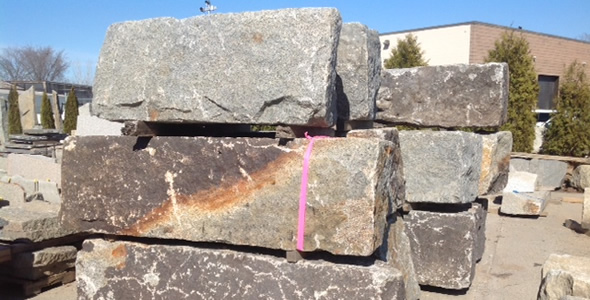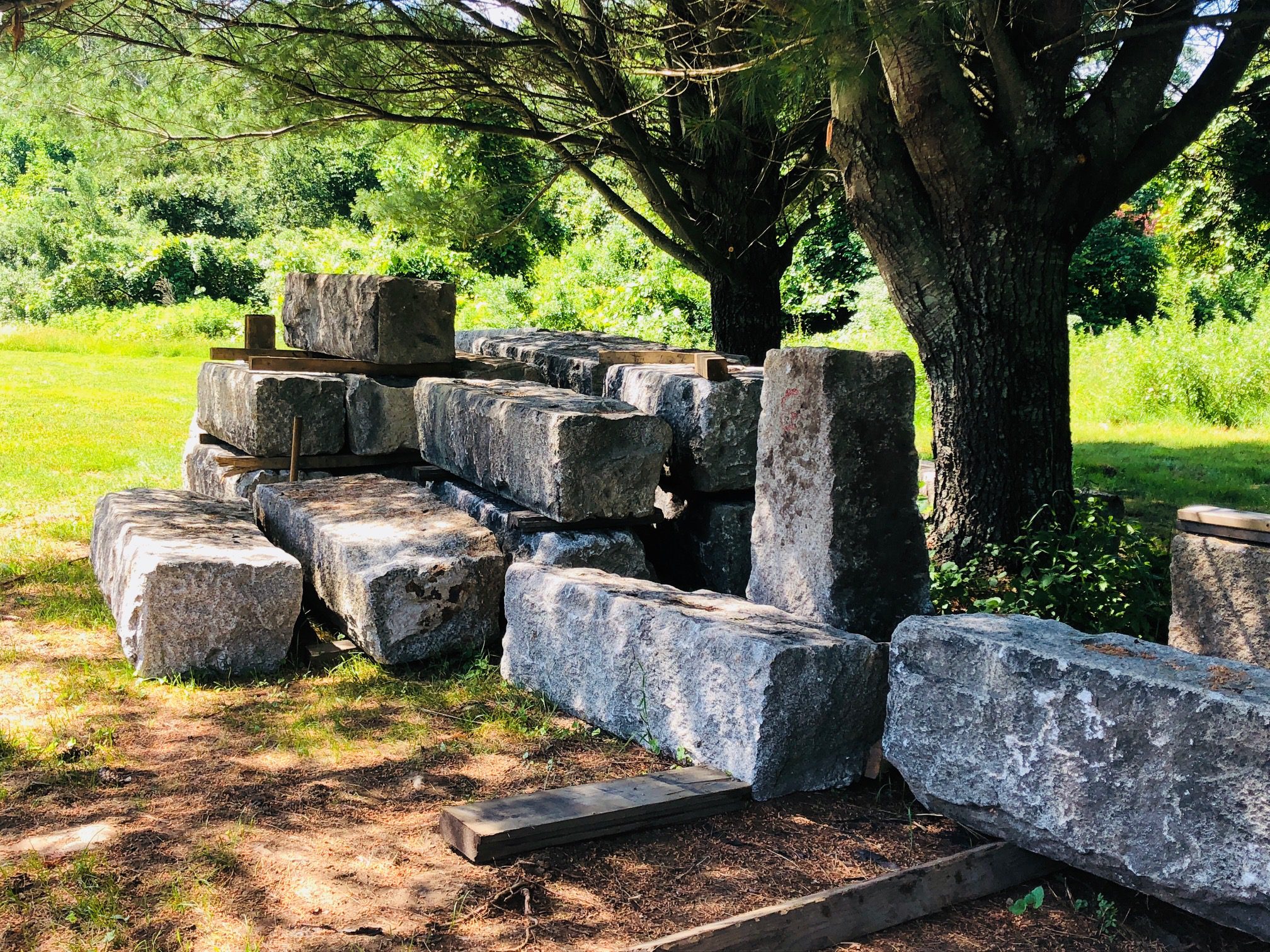From Stone to Splendor: Discovering the Keys of Granite Quarries
' From Rock to Grandeur: Uncovering the Tricks of Granite Quarries' is an exploration into the fascinating world of granite quarries. The book examines the impact of granite quarries on the setting, supplying important insights right into lasting techniques and ecological conservation.
The History of Granite Quarries

In ancient Egypt, granite quarries were strategically located along the Nile River, providing easy access to carry the hefty rock blocks. The well-known pyramids of Giza, consisting of the Excellent Pyramid, were created using granite sourced from these quarries. In ancient Greece, the island of Naxos was renowned for its top quality white marble, which was quarried and utilized in the building of famous buildings like the Parthenon.
The Roman Empire likewise depended heavily on granite quarries, especially in the building and construction of their grand building tasks. The Colosseum in Rome, as an example, was built utilizing granite sourced from quarries in Egypt and Greece. The Romans even more advanced the quarrying methods, employing competent craftsmen and engineers to essence and transport granite across large distances.
Today, the heritage of these old granite quarries remains to inspire modern architecture and building and construction. The expertise and expertise obtained from centuries of quarrying have been passed down through generations, making certain that granite stays a treasured and popular structure product.
The Extraction Refine of Granite
Having discovered the historic significance of granite quarries, we currently dig into the intricacies of the removal process, which is a crucial action in transforming raw rock into the wonderful building product it becomes. The removal process of granite includes several stages, starting with the preliminary expedition and identification of prospective quarry sites. When an ideal site is located, the extraction procedure starts with the removal of overburden, which describes the dirt, greenery, and various other materials covering the granite deposit.
After the overburden is gotten rid of, the next action is blasting and piercing. This involves boring openings right into the granite using specialized equipment and after that inserting dynamites right into the holes. The dynamites are detonated, fracturing the granite right into convenient pieces. These items are then more broken down into smaller sized sizes utilizing equipment like diamond cable saws or hydraulic splitters.
Once the granite is broken down into smaller sized dimensions, it is filled onto vehicles or conveyor belts and moved to a handling facility. At the processing facility, the granite is more improved via cutting, shaping, and brightening processes. granite quarries in rustenburg. This is done using numerous reducing and brightening tools, such as saws, polishers, and mills, to accomplish the wanted dimension, coating, and form
Tools and Methods Used in Granite Quarrying
Granite quarrying involves the utilization of a selection of strategies and devices to draw out the stone from the planet's surface. One of the primary devices utilized in granite quarrying is the diamond wire saw.
An additional essential device in granite quarrying is the drilling maker. Once the dynamites are detonated, they crack the granite, making it less complicated to extract from the quarry.
In addition to these devices, there are different techniques made use of in granite quarrying. These techniques, along with the use of sophisticated equipment, have made granite quarrying extra efficient and less labor-intensive.
Transforming Raw Granite Into Architectural Marvels
After the removal process, the raw granite undertakes a transformative trip to become awe-inspiring architectural wonders. The removed granite blocks are delivered to a manufacture center where they are cut into pieces of various densities making use of innovative cutting devices such as ruby cord saws.
As soon as the slabs are ready, they why not try these out can be more refined to fulfill details design demands. Experienced artisans utilize advanced equipment and devices to shape the granite into wanted kinds, such as counter tops, flooring tiles, or detailed sculptures. This process demands careful attention to information and proficiency to ensure that the end product satisfies the finest quality criteria.
Next, the finished granite items are meticulously inspected for any kind of imperfections or defects. Any kind of minor defects are dealt with, and the pieces are thoroughly cleaned to get rid of any dirt or particles. Lastly, the changed granite is packaged and prepared for transportation to its desired location.

The Effect of Granite Quarries on the Setting
The ecological effect of granite quarries is a considerable worry that must be addressed in order to ensure sustainable methods in the rock sector. Granite quarries can have a detrimental effect on the surrounding atmosphere, consisting of the destruction of habitats, pollution of air and water, and the generation of too much noise and dirt.
One of the primary worries is the damage of all-natural environments. Granite quarries frequently involve the removal of large amounts of vegetation and topsoil, leading to the variation of wildlife and interruption of ecological communities - granite quarries in rustenburg. This loss of biodiversity can have resilient consequences for the surrounding environment
An additional significant problem is the air pollution of air and water. Quarrying activities can launch hazardous pollutants into the atmosphere, such as particulate matter and harmful gases. These contaminants can add to air contamination and have adverse health and wellness results on both people and wildlife. Furthermore, the extraction of granite can lead to the contamination of neighboring water sources via the discharge of chemicals utilized in the quarrying process.

To find out here minimize these environmental impacts, the rock market must take on lasting practices. This includes applying procedures to minimize environment damage, boosting air and water contamination controls, and applying reliable dust and noise suppression strategies. Additionally, reclamation efforts need to be embarked on to recover quarried locations to their all-natural state and sustain the regrowth of biodiversity.
Verdict
In conclusion, granite quarries have played a substantial function in shaping human history and continue to contribute to building marvels. Comprehending the keys of granite quarries permits us to value the craftsmanship and charm that can be derived from this natural resource.
' From Stone to Splendor: Unearthing the Secrets of Granite Quarries' is an exploration right into the remarkable world of granite quarries. The history of granite quarries can be traced back to ancient times, with evidence of quarrying activities located in ancient Egypt, Greece, and Rome. The Colosseum in Rome, for example, was developed utilizing granite sourced from quarries in Egypt and Greece - granite quarries in rustenburg. These methods, along with the usage of advanced machinery, have made granite quarrying more efficient and less labor-intensive. Furthermore, the extraction of granite can result in the contamination of close-by water resources via the discharge of chemicals used in the quarrying procedure